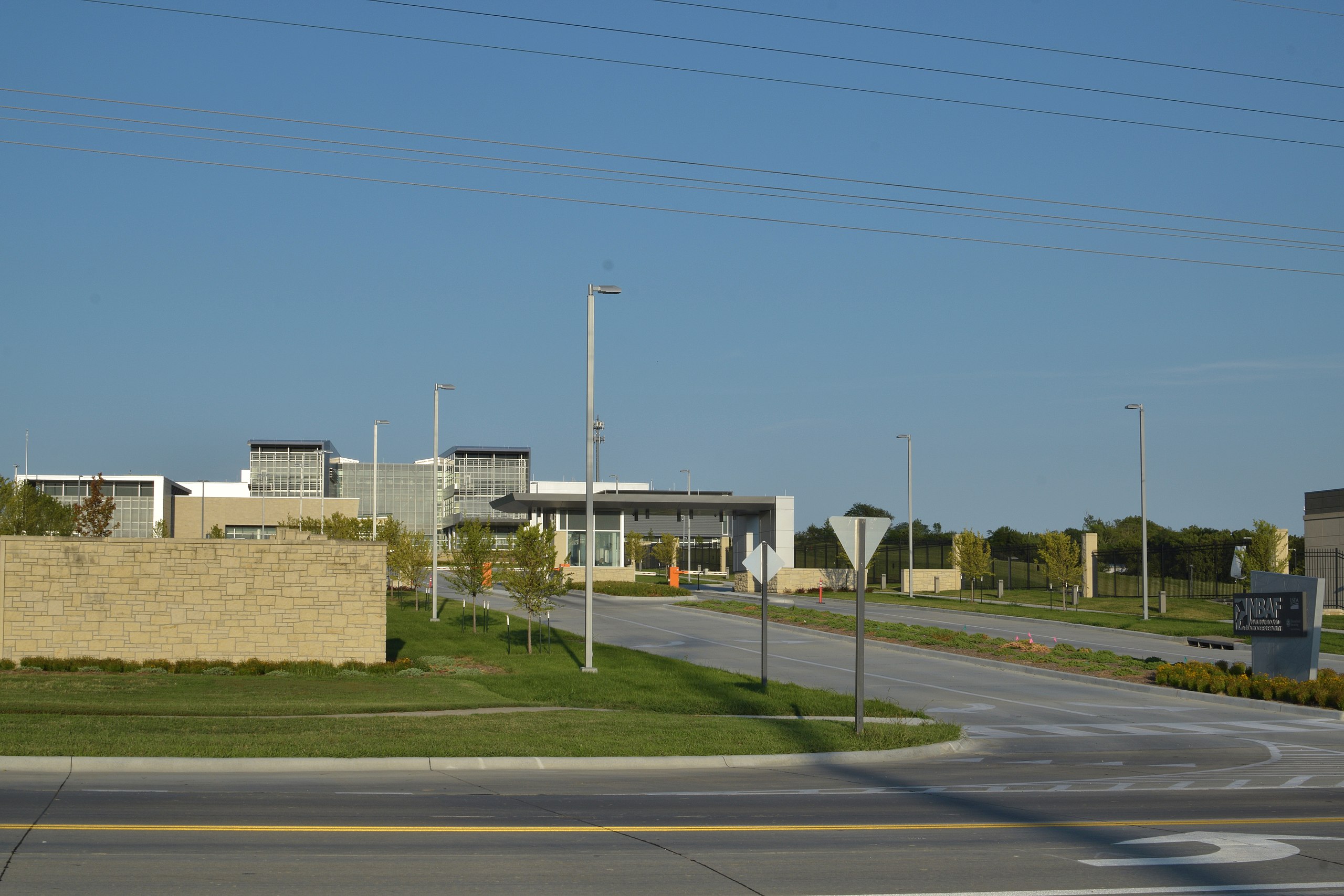
Katie Kerekes, FISM News
[elfsight_social_share_buttons id=”1″]
The U.S. Department of Agriculture celebrated the grand opening of a new high-security research facility set to study deadly pathogens in large livestock such as cows and pigs, according to a report from science.org.
The National Bio and Agro-Defense Facility (NBAF) was officially opened in Kansas Wednesday after nearly two decades of planning. The facility, classified as a biosecurity level-4 (BSL-4) lab which is said to be the “most secure ranking,” is America’s first to test larger livestock, equipped with pens to hold the animals and cranes for transport.
With plans for the lab’s construction originally announced in 2005, its completion has taken a decade longer than predicted and has cost $1.25 billion, nearly three times as much as anticipated.
NBAF is set to be the new home of more than 60 years of previous research done at the Plum Island Animal Disease Center (PIADC), a BSL-3 facility located on a small island in Long Island Sound.
TESTING DEADLY PATHOGENS IN A DANGEROUS AREA
Pathogens expected to be studied at the facility will include the Nipah virus, a seasonal contagion found in Asia which commonly infects pigs but can be transferred to humans. According to the World Health Organization, Nipah virus is fatal in 40-75% of human patients.
While the lab’s opening garnered praise from many scientists and virologists within the realm of infectious disease research, critics point to the legitimate concern of a potential leak bringing devastation to the local farming industry and beyond.
The area NBAF now calls home is surrounded by cattle and crop farms, a location that ranchers and some researchers say poses a grave threat.
Biodefense expert Laura Kahn, who spent the better part of the last two decades working at Princeton University’s Program on Science and Global Security, says putting the facility “in the middle of livestock country and tornado alley was real hubris.”
Kansas Cattlemen’s Association board member and ranch owner Larry Kendig echoes Kahn’s concern.
“I don’t understand why you’d put a facility like that in the middle of a highly productive cattle and crops area,” he said, warning a leak “would shut down commerce.”
But infectious disease experts say the new facility opens up doors to research not previously possible for the United States. Virologist Robert Cross, who works at the Galveston National Laboratory, believes the facility “is going to change the [research] landscape.”
Still, those in opposition to the construction of NBAF point to The Plum Island facility’s isolation as a factor that drastically reduced its risk.
This development comes on the heels of Monday’s World Health Assembly meeting in Geneva, Switzerland, where the head of the World Health Organization warned of an “even deadlier” pandemic to follow COVID.
